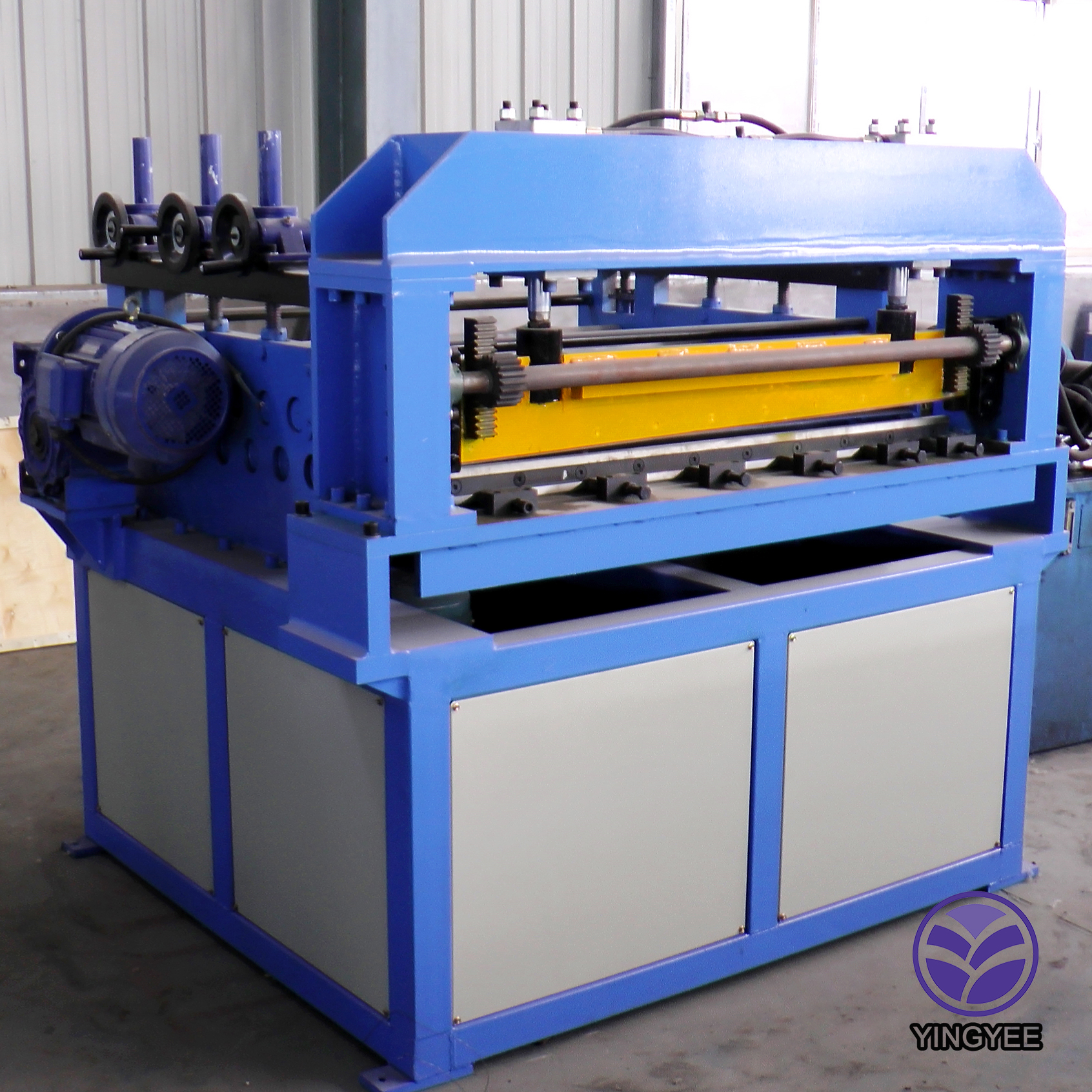
The Importance of Galvanized Pipe Making Machines in Modern Industry
In today's fast-paced industrial landscape, the production of galvanized pipes has become increasingly vital. These pipes, known for their corrosion resistance and durability, play a crucial role in various applications such as construction, plumbing, agriculture, and infrastructure development. A pivotal component in this manufacturing process is the galvanized pipe making machine. This article delves into the significance, functionality, and benefits of galvanized pipe making machines in modern industry.
Understanding Galvanization
Before exploring the machinery itself, it is essential to understand the process of galvanization. Galvanization involves coating iron or steel with a layer of zinc to protect it from corrosion. This process significantly enhances the longevity and robustness of the pipes. Galvanized pipes are particularly useful in outdoor applications and environments where exposure to moisture can lead to rapid deterioration of uncoated metals.
The Role of Galvanized Pipe Making Machines
Galvanized pipe making machines combine advanced technology and engineering to produce high-quality pipes efficiently. These machines automate various processes, including cutting, shaping, welding, and galvanizing, resulting in consistent and reliable products. The primary components of a galvanized pipe making system typically include a forming unit, welding equipment, a galvanizing bath, and cooling sections.
1. Forming Unit Initially, sheets of metal are fed into the machine, where they are rolled and shaped into cylindrical forms. This unit is engineered to ensure accuracy in dimensions and smoothness in the pipe surface.
2. Welding Equipment Once the metal is formed, the edges of the pipe are welded together. Modern machines employ various welding techniques, including electric resistance welding (ERW), ensuring strong and reliable joints.
3. Galvanizing Bath After welding, the pipes undergo galvanization. The welded pipes are immersed in a molten zinc bath at high temperatures. This step is critical, as it ensures that the zinc adheres uniformly to the surface, providing a robust barrier against corrosion.

4. Cooling Section Once the pipes are coated, they need to be cooled down to stabilize the integrity of the coating. This section of the machine employs controlled cooling methods to enhance the quality of the final product.
Advantages of Using Galvanized Pipe Making Machines
The adoption of galvanized pipe making machines offers numerous advantages
- Increased Production Efficiency Automating the pipe manufacturing process significantly reduces labor costs and minimizes human error. These machines can produce a higher volume of pipes in a shorter time frame, meeting market demands effectively.
- Consistent Quality Advanced machinery ensures uniformity in the thickness and coating of pipes, resulting in consistent quality. This reliability is crucial for manufacturers who require standardized products for large-scale projects.
- Cost-Effectiveness While the initial investment in galvanized pipe making machines may be substantial, the long-term savings in labor, increased production time, and reduced waste make them cost-effective in the long run.
- Sustainability The use of galvanized pipes promotes sustainability as they are manufactured to last longer than their non-galvanized counterparts, reducing the need for frequent replacements and repairs.
Conclusion
In conclusion, galvanized pipe making machines are integral to the production of high-quality galvanized pipes, which are essential for various industries. The technological advancements that these machines incorporate not only enhance production efficiency and cost-effectiveness but also contribute significantly to sustainability. As industries continue to evolve, the role of galvanized pipe making machines will become increasingly important, ensuring that we meet the demands of a growing population while maintaining the integrity of our infrastructure. The future looks promising for manufacturers who embrace this advanced technology, ultimately benefiting economies and communities worldwide.